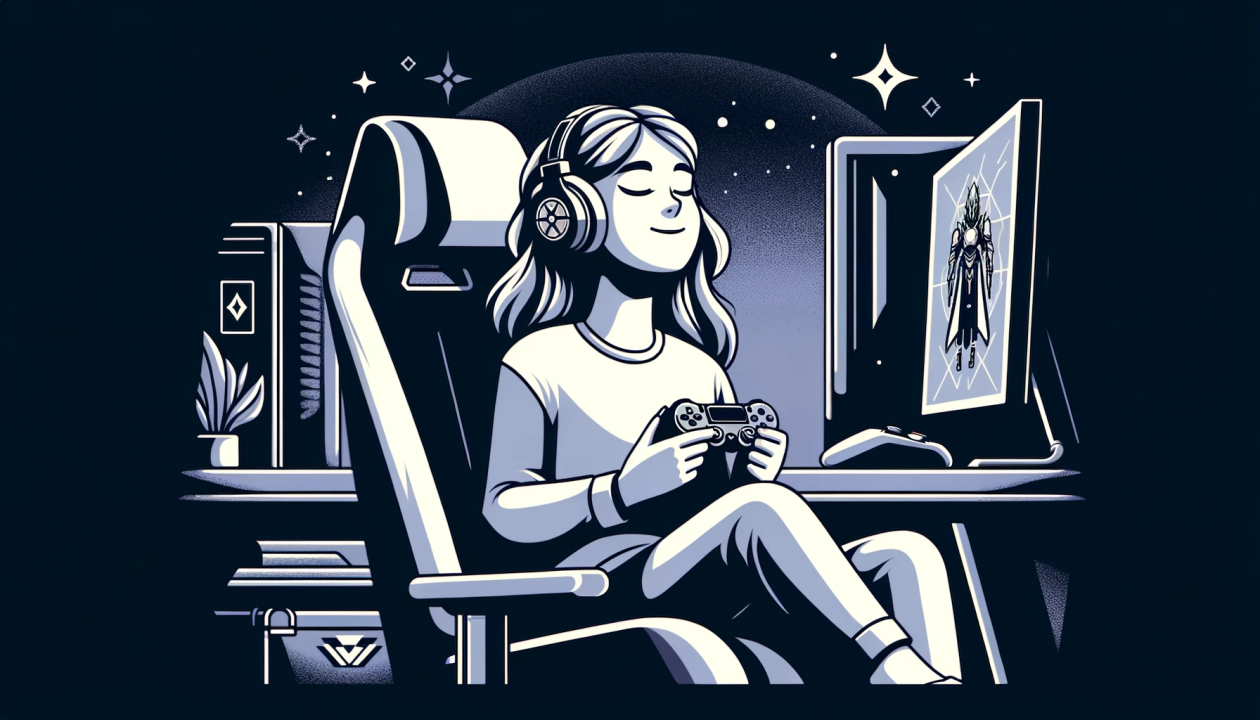

As the gaming industry continues to evolve, one of the most significant advancements has been the growing focus on accessibility. Developers are increasingly recognizing the importance of making games playable for all, regardless of physical or cognitive abilities. Accessibility features are not just about meeting legal requirements or accommodating specific needs—they are about ensuring that everyone, from players with visual impairments to those with mobility challenges, can enjoy and fully engage with the gaming experience. This shift is transforming how games are designed, pushing the boundaries of what is possible in terms of inclusivity and player empowerment.
One of the most notable changes in the gaming industry is the integration of customizable controls and input systems. Games like The Last of Us Part II have incorporated a wide range of options for remapping controls, adjusting button layouts, and customizing the difficulty of individual gameplay elements. These features are invaluable for players with mobility impairments or those who find standard control schemes challenging. Additionally, many games now offer support for adaptive controllers, such as Microsoft's Xbox Adaptive Controller, which allows players to create a personalized setup with a variety of switches, buttons, and joysticks that suit their needs. These features are revolutionizing how people interact with games, giving players more autonomy and control over their experience.
Visual accessibility has also seen significant improvements, particularly for players with visual impairments. Features like colorblind modes, text-to-speech options, and high-contrast visuals have become standard in many modern games. For example, Fortnite and Overwatch both offer colorblind settings that adjust the game’s palette to accommodate various types of color vision deficiencies. Games like Sea of Thieves and Spider-Man: Miles Morales include options for subtitles, with adjustable sizes and backgrounds to enhance readability. These changes are not just about accommodating a specific audience—they also help to create a more universally accessible gaming experience, where players can tailor visual settings to suit their personal needs.
In addition to physical accessibility, cognitive accessibility is becoming a growing focus in game design. Many games now include options to adjust the pace, difficulty, and complexity of gameplay to accommodate players with cognitive disabilities or those who struggle with memory, attention, or decision-making. For instance, Celeste offers an assist mode that allows players to tweak aspects of the game, such as lowering the difficulty of platforming sections or providing more forgiving checkpoints. By offering a more flexible approach to gameplay, these features make it possible for a wider range of players to engage with challenging titles without feeling overwhelmed. This focus on cognitive accessibility helps bridge the gap for players who may otherwise be excluded from certain gaming experiences.
As more developers embrace accessibility features, the gaming industry is becoming a more inclusive space for all players. The increasing demand for accessible options is leading to a shift in the way games are developed, from the very beginning of design to post-launch updates. This commitment to inclusivity not only benefits players with disabilities but also enhances the overall gaming experience for everyone. Accessibility features have proven that they are not just a trend, but an essential part of the future of gaming—making games more enjoyable, more diverse, and more empowering for players of all backgrounds and abilities.
